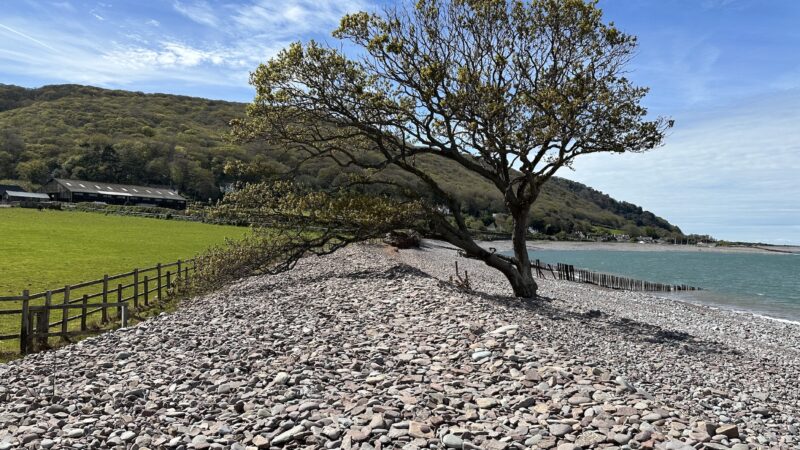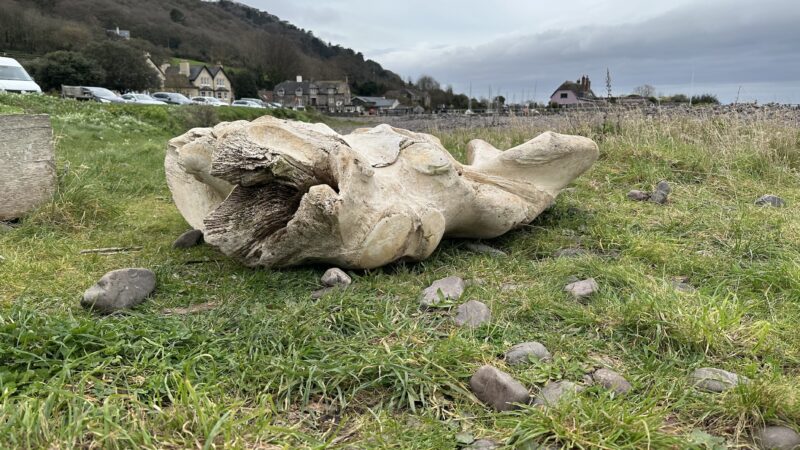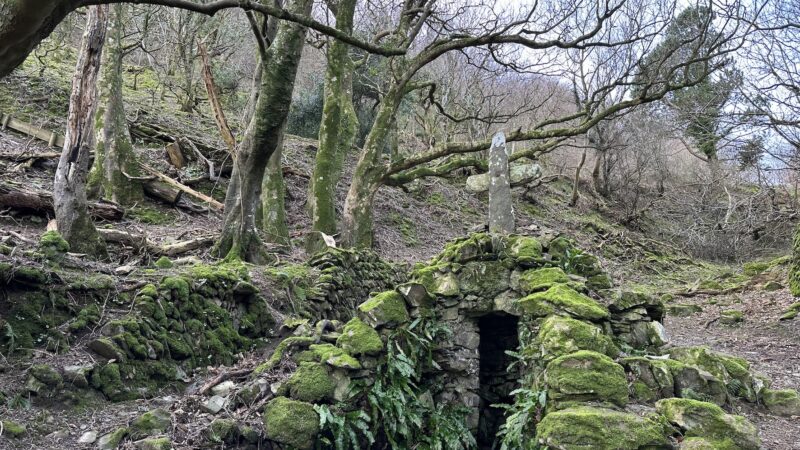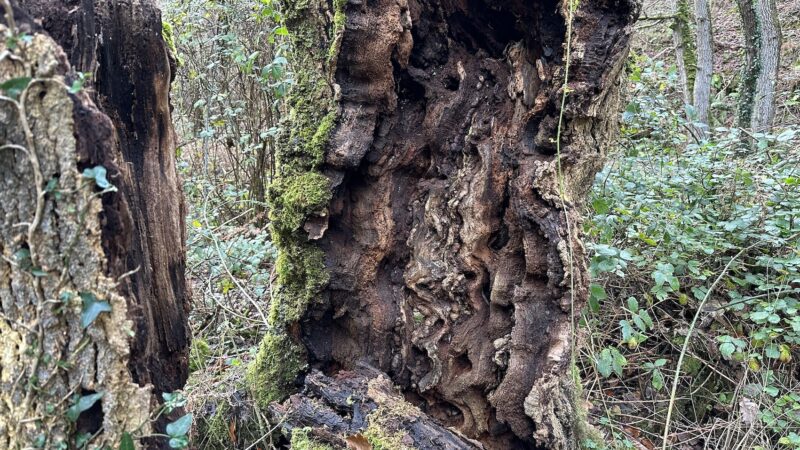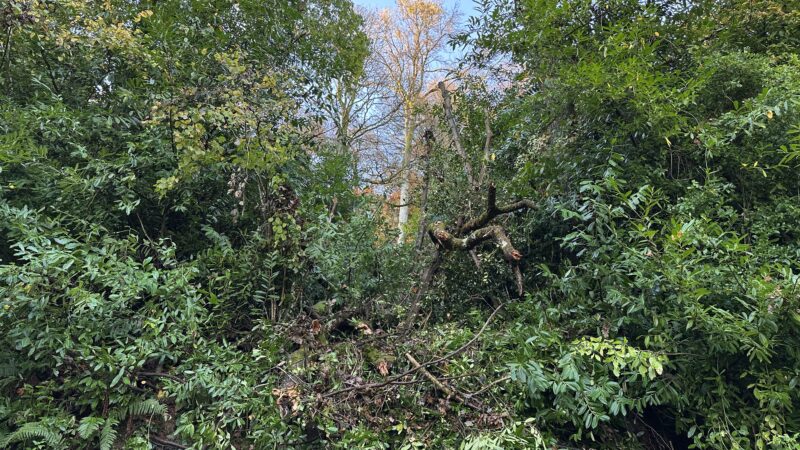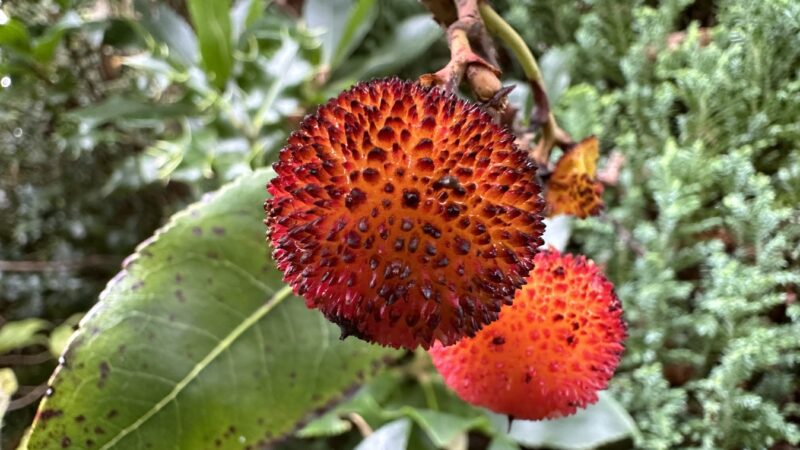The swirl of birds that comes and goes with the night
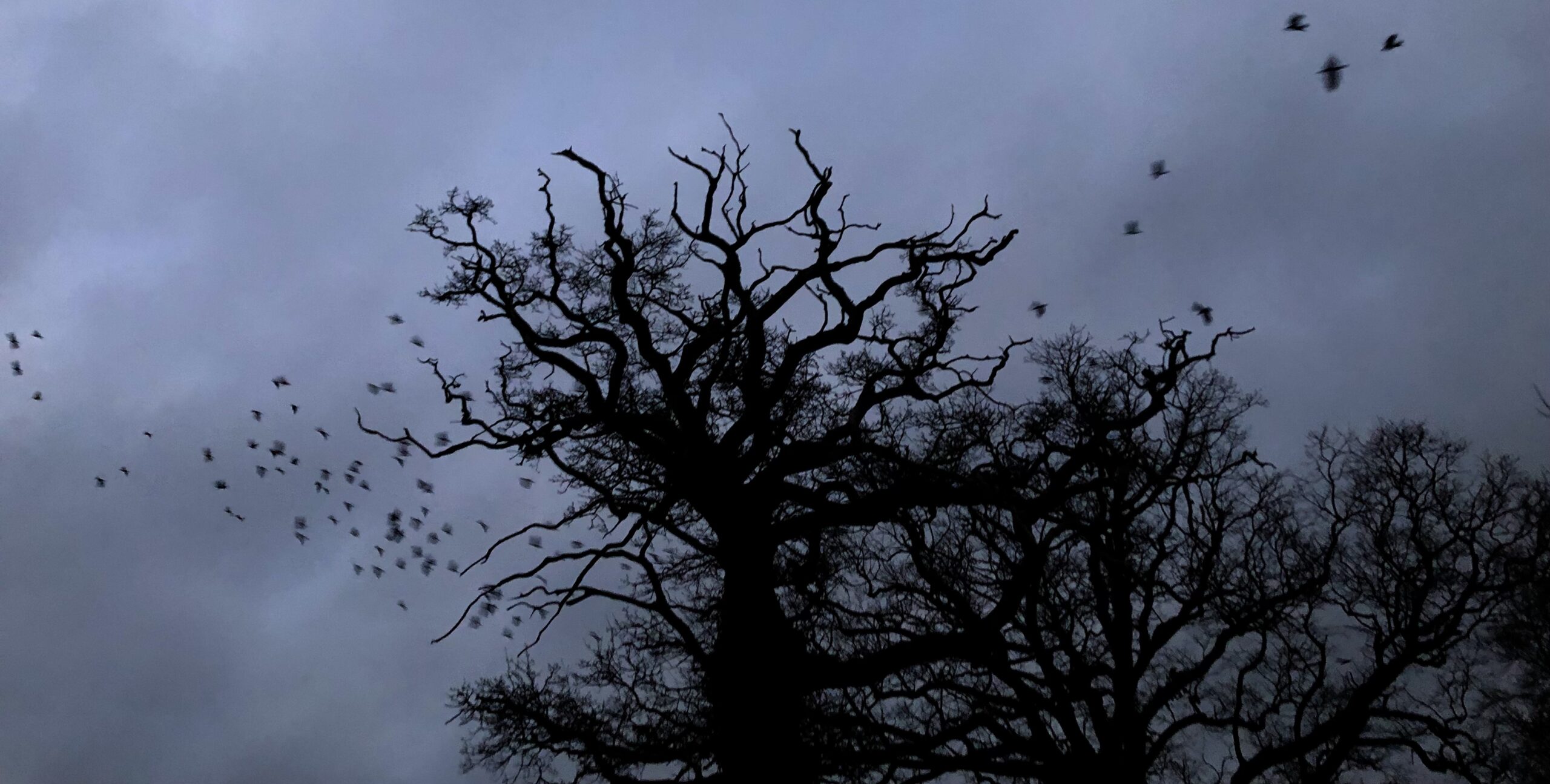
They come and go with the night, rising and falling in black skeins over the house. At dusk they arrive with a rush of wings beating the air. During darkness they rest in the crest of a nearby wood and leave before dawn, clattering and cawing. Numbers have slowly increased since November and there must be nearly 1,000 rooks and jackdaws there now.
It’s easy to tell the two species apart by both appearance and sound. Adult rooks have a bald, greyish-white patch at the base of their large bills, which makes them look like medieval plague doctors wearing beaked masks. Jackdaws are smaller and have a distinctive silvery sheen over the back of their heads and necks, as if wearing a scarf. Close up, you can see their pearly eyes: unsettlingly pale with stark, seed-black pupils. Their calls are different: Jackdaws make a sharp “tchak”, like woodblocks being struck smartly together, while rooks have a salty-soft rasping cry.
During the day, they split into foraging parties and spread out over the vale, picking over the fields for insects or the first green blades of corn. The jackdaws have an exasperating tendency to pull straw off thatched roofs in search of hibernating beetles.
As evening falls, raucous gangs gather in the big oaks beside the road. When the trees are full, the birds take flight to the wood, leaving their perches free for the next incoming group. This process of aggregation lasts about 40 minutes, although there are always some latecomers who skip the tree collections and fly low and fast direct to the roost.
Once in the wood, they will rise up in a cloud and swirl above the trees, voices clamouring, before the final settling.
The mixed roost is a winter arrangement and there are already signs that it is beginning to break up. Jackdaw pairs are already investigating nest sites away from the wood and the rooks are drifting back to the rookery trees. The rooks will lay their eggs this month and the jackdaws towards the end of March. They won’t start congregating this way again until the dark nights return in the autumn.
First published in The Guardian’s Country Diary column on 3 February 2022.
